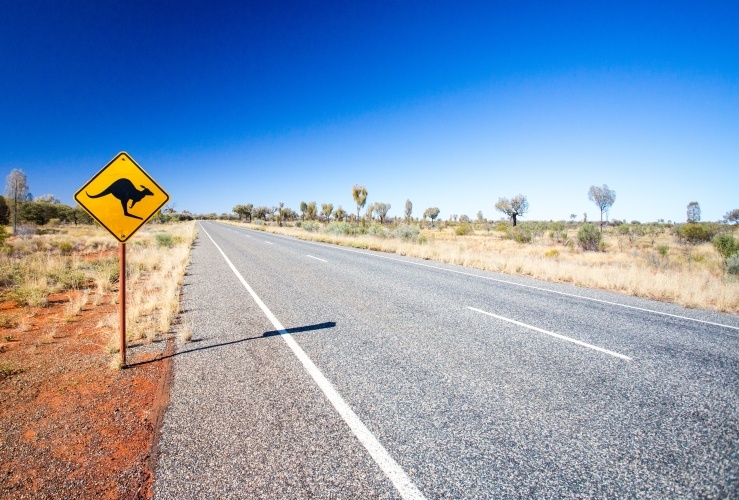
Few events demonstrate how far solar technology has progressed more than the World Solar Challenge.
The 30th anniversary of the race has begun, comprising 42 solar-powered cars. Entrants departed Darwin, Australia on October 8th and will travel 1,880 miles to Adelaide.
Well, most of them will.
Before the first day was at an end, several cars had been knocked out, thanks to technical issues.
Tokai University of Tokyo is fielding a car this year, just as they did in 2009 when they set the still-standing record, completing the run in 30 hours.
Among this year's competitors, Challenger class cars are likely to finish first, focussed as they are on speed.
Cruiser class cars, by contrast, are more concerned with practicality and efficiency, by featuring two or more seats.
Bringing up the field are likely to be the Adventurer class. These vehicles are non-competitive and despite their impressive title, are unlikely to finish.
At time of writing there a handful of front runners, namely from the universities of Tokai, Nuon and Twente (both Dutch) and Michigan.
The race organisers have stipulated that solar collectors must measure no more than 43 square feet in the Challenger class, down from the 65-square foot upper limit of the most recent race, in 2015.
This decrease demonstrates just how quickly solar technology is progressing. When the first race took place in 1987, solar collectors could measure twice the area of the 2015 limit.
The World Solar Challenge has certainly raised awareness about the possibilities of solar power, increasing the focus of finding sustainable alternatives to fossil fuels.
However, the prospect of driving a completely solar powered car soon is unlikely – especially if you happen to live in the UK, where sunshine levels are somewhat less reliable.




